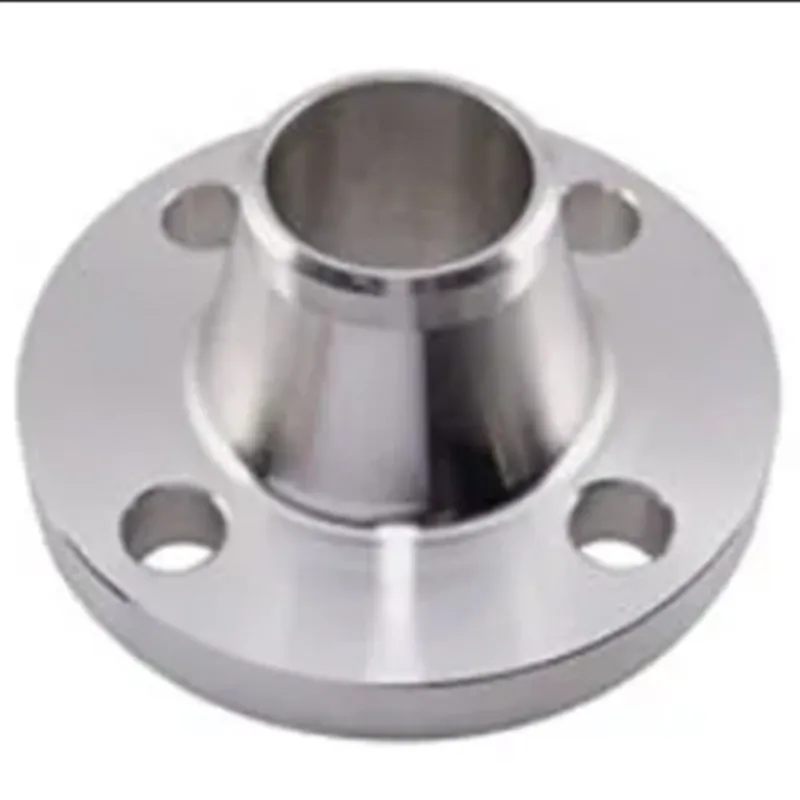-
Cangzhou Yulong Steel Co., Ltd.
-
Phone:
+86 13303177267 -
Email:
admin@ylsteelfittings.com
- English
- Arabic
- Italian
- Spanish
- Portuguese
- German
- kazakh
- Persian
- Greek
- French
- Russian
- Polish
- Thai
- Indonesian
- Vietnamese
- Zulu
- Korean
- Uzbek
- Hindi
- Serbian
- Malay
- Ukrainian
- Gujarati
- Haitian Creole
- hausa
- hawaiian
- Hebrew
- Miao
- Hungarian
- Icelandic
- igbo
- irish
- Japanese
- Javanese
- Kannada
- Khmer
- Rwandese
- Afrikaans
- Albanian
- Amharic
- Armenian
- Azerbaijani
- Basque
- Belarusian
- Bengali
- Bosnian
- Bulgarian
- Catalan
- Cebuano
- China
- China (Taiwan)
- Corsican
- Croatian
- Czech
- Danish
- Esperanto
- Estonian
- Finnish
- Frisian
- Galician
- Georgian
- Kurdish
- Kyrgyz
- Lao
- Latin
- Latvian
- Lithuanian
- Luxembourgish
- Macedonian
- Malgashi
- Malayalam
- Maltese
- Maori
- Marathi
- Mongolian
- Myanmar
- Nepali
- Norwegian
- Norwegian
- Occitan
- Pashto
- Dutch
- Punjabi
- Romanian
- Samoan
- Scottish Gaelic
- Sesotho
- Shona
- Sindhi
- Sinhala
- Slovak
- Slovenian
- Somali
- Sundanese
- Swahili
- Swedish
- Tagalog
- Tajik
- Tamil
- Tatar
- Telugu
- Turkish
- Turkmen
- Urdu
- Uighur
- Welsh
- Bantu
- Yiddish
- Yoruba

Nov . 20, 2024 10:27 Back to list
jis b 2220 flange
Understanding JIS B 2220 Flanges An Overview
Flanges are critical components within piping systems, providing a method for connecting pipes, valves, pumps, and other equipment. Among the various standards that govern flange manufacturing and specifications, the Japanese Industrial Standards (JIS) play a significant role in Asia’s industries. One notable standard is JIS B 2220, which governs the dimensions, tolerances, and material properties of flanges used in piping applications.
The Importance of Flanges
Flanges serve multiple purposes in piping systems. They allow for easy assembly and disassembly, making maintenance and repair more efficient. Additionally, flanges contribute to the overall integrity and safety of pipelines by providing a robust connection point that can withstand the stresses of high-pressure and high-temperature environments.
Overview of JIS B 2220
The JIS B 2220 standard specifies the design and dimensions of flanges used in steel pipe connections. It encompasses various types of flanges, including those utilized in industrial, municipal, and marine applications. This standard is crucial for ensuring compatibility between different components in a piping system, particularly in projects that involve international suppliers or multi-national collaborations.
One of the key elements of JIS B 2220 is its classification of flanges based on pressure ratings. Commonly found pressure classes include 5K, 10K, 16K, and higher, indicating the flange's ability to withstand internal pressure. These classifications help engineers and designers select the appropriate flange for their specific applications, taking into account the operational pressures they will face.
jis b 2220 flange

Dimensions and Materials
Flanges defined by JIS B 2220 come in various shapes and sizes, accommodating different pipe diameters. The standard provides clear specifications regarding both bolt hole dimensions and overall flange diameter. Additionally, it specifies the thickness of the flanges, which can influence the flange's performance under various conditions.
Materials used for flanges under this standard typically include carbon steel, stainless steel, and alloy steel. The choice of material often depends on the nature of the fluid passing through the pipes, temperature, and environmental conditions. For instance, stainless steel flanges are preferred in corrosive environments due to their resistance to rust and oxidation.
Applications and Usage
Flanges conforming to the JIS B 2220 standard are widely used across various industries, including oil and gas, chemical processing, water treatment facilities, and power generation plants. Their reliability and compatibility with other piping components make them an integral part of modern engineering and construction practices.
Conclusion
Understanding the JIS B 2220 flange standard is essential for engineers, designers, and maintenance professionals involved in piping systems. By adhering to this standard, they can ensure that their flanges will provide the necessary strength, integrity, and compatibility required for safe and effective operation. As industries continue to evolve and demand higher performance from piping components, standards like JIS B 2220 will remain critical in guiding manufacturing practices and ensuring quality across the board.
Latest news
-
ANSI 150P SS304 SO FLANGE
NewsFeb.14,2025
-
ASTM A333GR6 STEEL PIPE
NewsJan.20,2025
-
ANSI B16.5 WELDING NECK FLANGE
NewsJan.15,2026
-
ANSI B16.5 SLIP-ON FLANGE
NewsApr.19,2024
-
SABS 1123 FLANGE
NewsJan.15,2025
-
DIN86044 PLATE FLANGE
NewsApr.19,2024
-
DIN2527 BLIND FLANGE
NewsApr.12,2024
-
JIS B2311 Butt-Welding Fittings LR/SR 45°/90° /180°Seamless/Weld
NewsApr.23,2024











